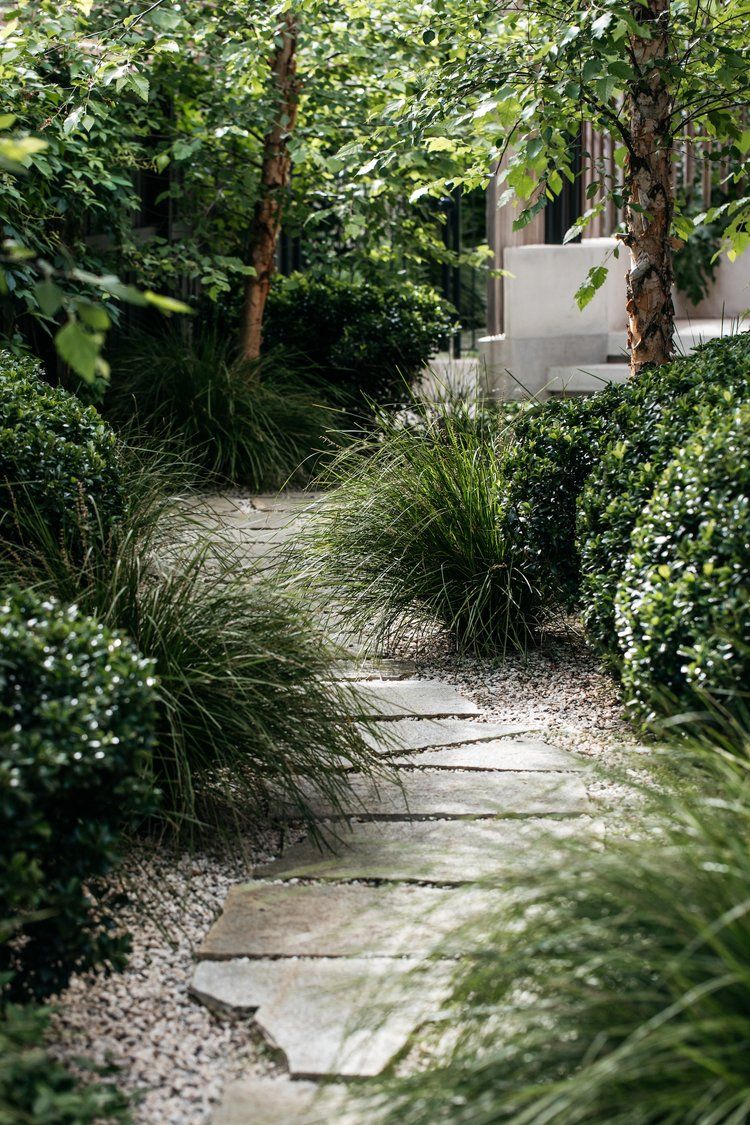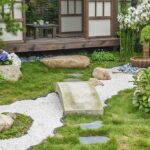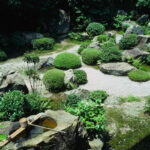Japanese garden design is a unique and intricate artform that has been perfected over centuries. These gardens are carefully crafted to create a harmonious and tranquil space that reflects the beauty of nature. One of the key principles of Japanese garden design is the concept of “borrowed scenery,” where the surrounding landscape is incorporated into the garden design to enhance its overall beauty.
A central element of Japanese garden design is the use of water features such as ponds, streams, and waterfalls. These elements are meant to evoke a sense of serenity and tranquility, and are often surrounded by lush greenery and carefully placed stones. Water is believed to be a symbol of life and is an essential element in Japanese garden design.
In addition to water features, Japanese gardens also typically incorporate elements such as bridges, lanterns, and pagodas. These structures are strategically placed throughout the garden to create points of interest and to enhance the overall aesthetic. Lanterns, for example, are often used to illuminate pathways and create a sense of warmth and welcome within the garden.
Another important aspect of Japanese garden design is the use of plants and foliage. Traditional Japanese gardens often feature an abundance of evergreen trees and shrubs, as well as carefully pruned bonsai trees and moss gardens. These plants are chosen for their ability to create a sense of balance and harmony within the garden, as well as for their symbolic meaning in Japanese culture.
One of the most distinctive features of Japanese garden design is the use of rocks and stones. These natural elements are carefully arranged in various formations to create a sense of balance and rhythm within the garden. Rocks are often used to represent islands or mountains, and are strategically placed to create a sense of movement and depth within the garden.
Overall, Japanese garden design is a highly sophisticated and thoughtful artform that reflects the deep connection between humanity and nature. By incorporating elements such as water, plants, structures, and rocks, Japanese gardens are able to create a tranquil and harmonious space that allows for contemplation and reflection. These gardens are not only beautiful to look at, but they also serve as a reminder of the importance of living in harmony with the natural world.
















